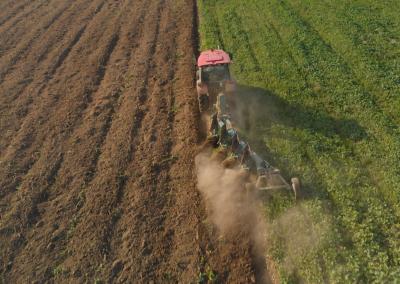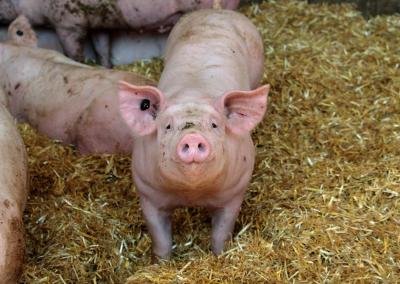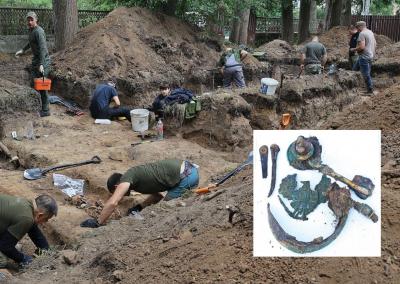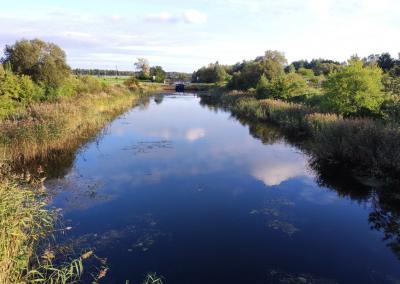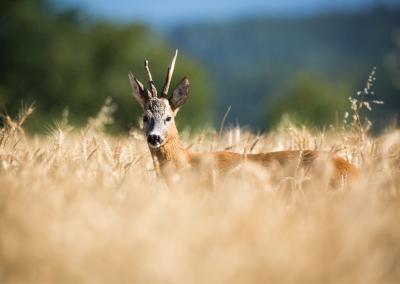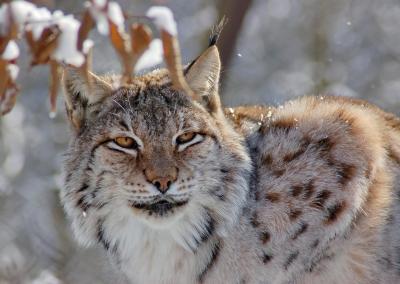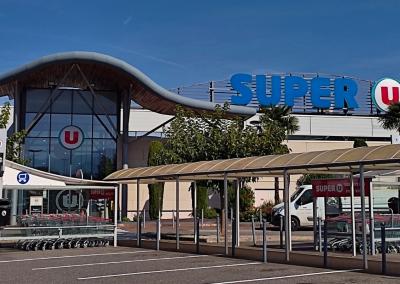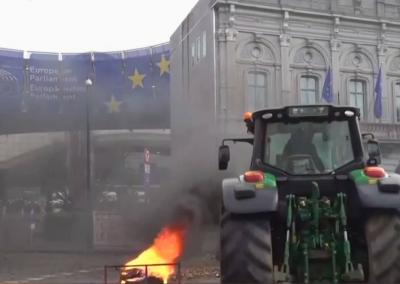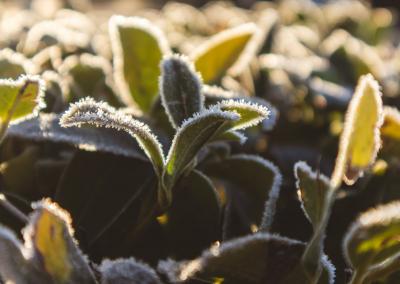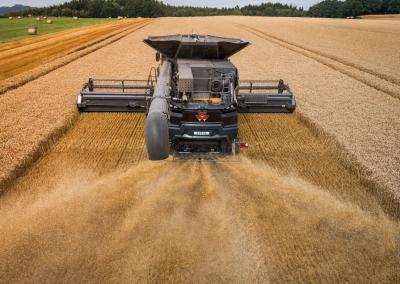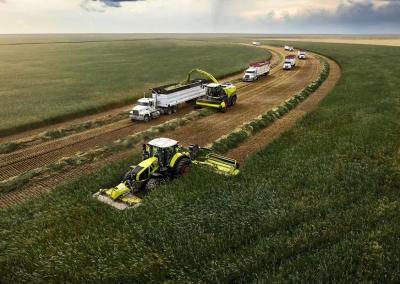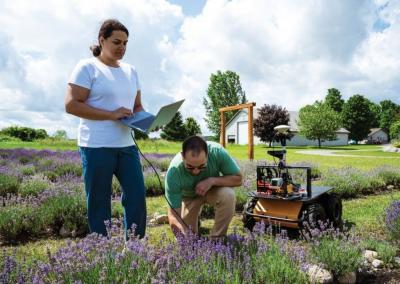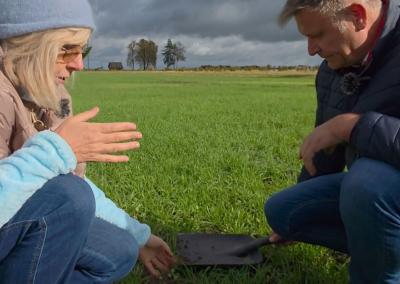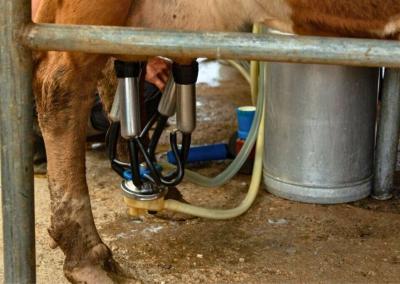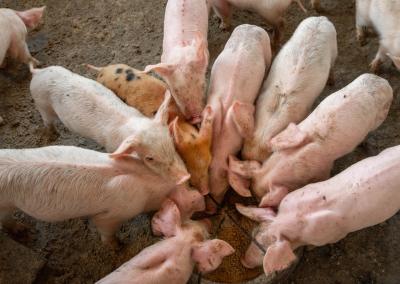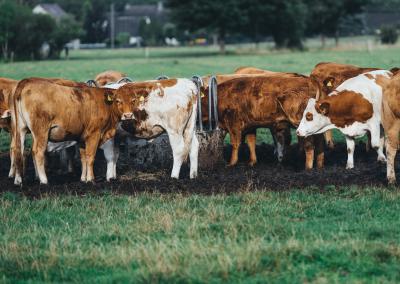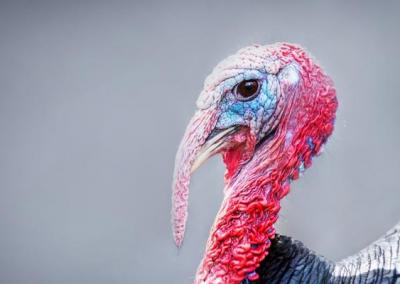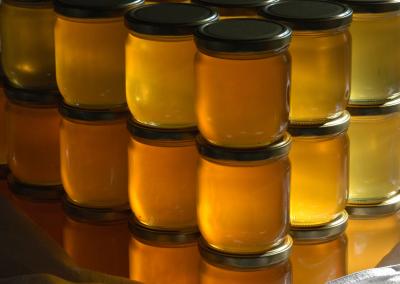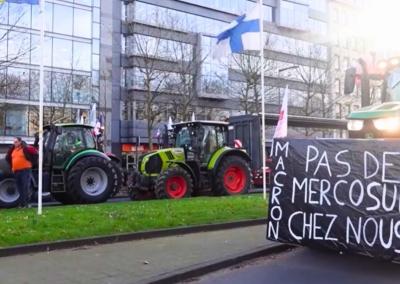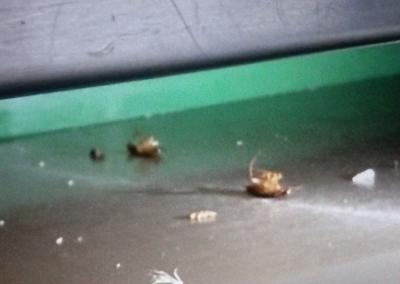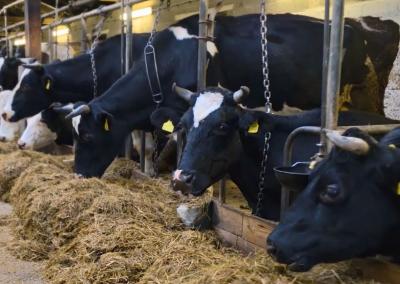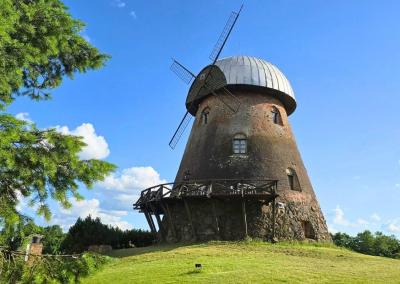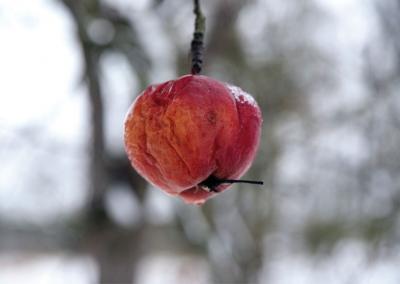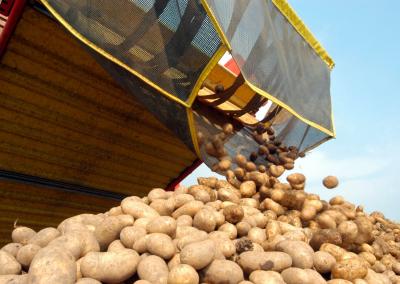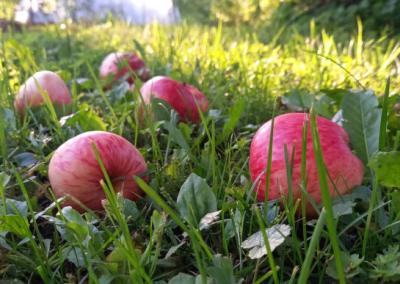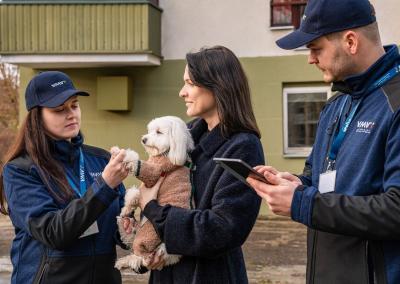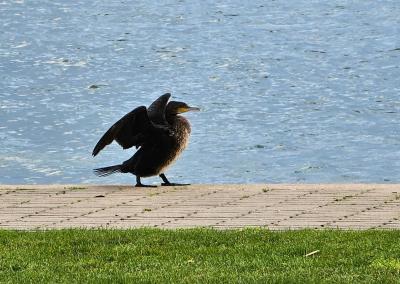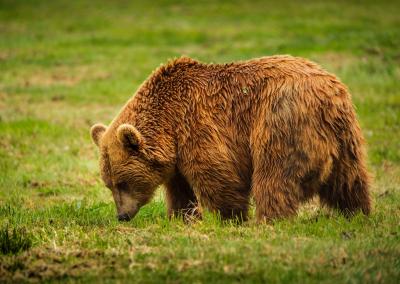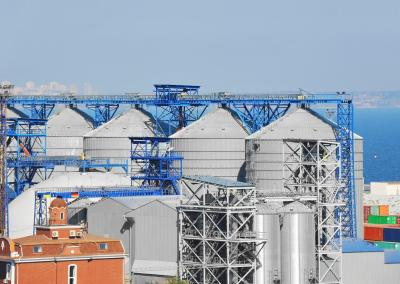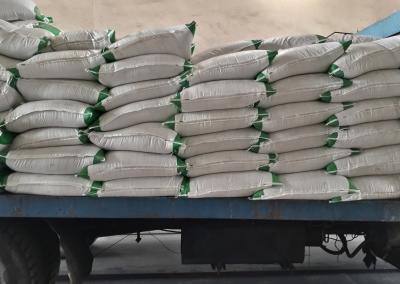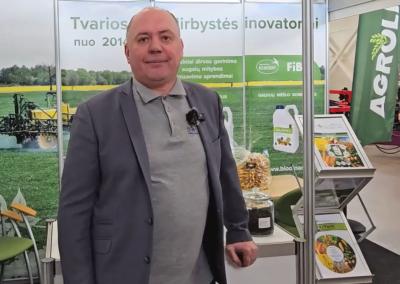Lithuania has probably the best crop risk management in Europe. €13.5 million paid to farmers
In this year's harvest season, the German branch of the crop mutual fund „Vereinigte Hagel“ (VH) „VH Lietuva“ received 55% more reports of damaged crop fields (3,617 compared to 2,328 reports last year). The damaged crop area amounted to 135.7 thousand hectares – 44% more than last year (94 thousand hectares).
In 2024, VH Lietuva paid out €13.5 million in insurance claims to our country's farmers (€18.6 million last year). This strong performance in Lithuania compared to other European countries is due to skilfully managed insurance risks, the fact that Lithuania was not hit by the worst natural disasters, and the lower volume of losses in damaged fields.The origin of crop damage was different in 2023 and 2024. Last year, frost and hail damage caused the greatest losses, with losses of up to 95 per cent in individual regions. This year, meanwhile, the biggest losses were caused by heavy rains and storms. And while damage assessors inspected 30 percent more damaged fields this year - almost 14,000 - the good news is that the scale of the damage in those fields was milder," said Martynas Rusteika, head of „VH Lietuva“, comparing the year.
Lithuania recorded all types of risks
This year, for the third year in a row, Lithuania experienced all 8 risks for which crops are insured: hail, storm, torrential rain, fire, frost, spring frost, prolonged rainfall and natural drought. The most affected were crops in the districts of Telšiai, Širvintos, Kaišiadorys, Šiauliai, Kelme, Pasvalys, Mažeikiai, Ukmergė and Jonava: rapeseed, cereals, beans, etc.
„Farmers have started to take out more insurance and this year for the first time we have farmers insured in all districts of the country, which is why we have managed to spread the risk over the whole territory of Lithuania“, - says M. Rusteika.In the last 5 years, the number of insured farmers in Lithuania has increased 3-fold to 3,000, and the insured area has reached one third of the total insurable area (from 1.5 million to 1.7 million hectares can be insured in different years). This is a good trend – more and more small and specialised farms are taking up crop insurance.
2024 – a tough year for European crops
According to the VH, the hardest hit country in Europe this year was Belgium, where hailstorms devastated regions across the country. Farmers in Belgium have suffered losses of 356% of their mutual fund losses. Farmers in the Netherlands (140%), Poland (110%) and Latvia (102%) have also suffered huge losses. In Lithuania, the loss rate this year was 56 per cent.
„What is most worrying is that the risks affecting Lithuania are no longer localised, but systemic – they cover an increasingly large area, start in one country and end in another. This is why we are introducing digitisation tools to enable us to assess the effects of large-scale disasters as quickly and accurately as possible and to compensate farmers promptly so that they have something to sow for," says Rusteika, referring to the increasing risks to agribusiness and the need to adapt to changes in climate change.
VH, a fund that insures crops in 10 European countries, has paid out more than €300 million in insurance benefits to farmers this year. In 2024, as last year, crop damage claims will surpass insurance premiums.
„In Europe, we have been seeing changes for 20 years – climate change is driving heavy hail, torrential rain, spring frosts and more. While we used to only cover crops against hail, the problems are now wider and deeper. Also 2024 was a brutal year in Europe. This is the biggest challenge for us – to find a balance between helping farmers and taking risks. Because if the risk is too high, the crop mutual fund will collapse. That's why we monitor new situations as they arise, analyse them immediately and look for solutions so that the next time such weather events occur, we are immediately prepared," commented Dr Philipp Schonbach, a German member of the board of the Vereinigte Hagel.
A mutual fund differs from an insurance company in that it is a non-commercial organisation of farmers whose aim is to protect the property interests of its members and help manage business risks. It operates as an association of policyholders and an insurer, with contributions from the members themselves. As the mutual fund operates in 10 countries, the risk of crop insurance is spread over all 110,000 current members of the mutual fund in different European countries.


